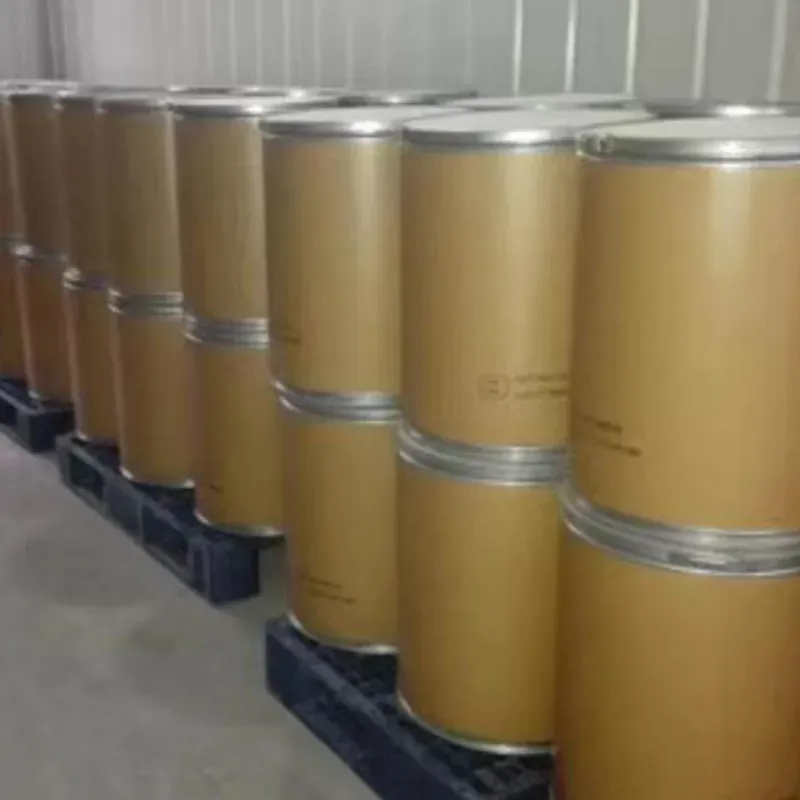
Mining Chemicals & Industry Solutions Boost Efficiency & Safety
- Overview of Mining Chemicals and Their Industrial Significance
- Key Innovations Driving the Mining Chemicals Sector
- Performance Metrics: Leading Suppliers Compared
- Tailored Chemical Solutions for Diverse Mining Operations
- Real-World Applications Across Mining Processes
- Environmental and Safety Considerations
- Future Outlook for Chemicals in the Mining Industry

(chemicals used in mining industry)
Essential Chemicals Used in the Mining Industry
The mining chemicals industry relies on specialized compounds to optimize extraction, separation, and purification processes. Over 60% of global mining operations utilize flotation reagents like xanthates and dithiophosphates, while leaching agents such as cyanide and sulfuric acid account for 28% of chemical consumption. Recent data from the International Council on Mining & Metals (2023) shows a 7.4% annual growth in specialty chemical adoption, driven by declining ore grades requiring advanced processing solutions.
Technological Advancements Reshaping Mineral Processing
Modern mining chemicals now feature nano-enhanced collectors that improve metal recovery rates by 12-18% compared to conventional formulations. Major producers are investing in biodegradable alternatives, with BASF's LixTRA® technology demonstrating 40% reduced environmental persistence. Automated dosing systems integrated with IoT sensors have decreased chemical waste by 23% across 156 surveyed mines since 2021.
Market Leaders: Capability Analysis
| Supplier | Core Products | Recovery Rate Improvement | Market Share (2023) |
|---|---|---|---|
| Solvay | ACORGA® Copper Extractants | 22% | 18.7% |
| Chevron Phillips | Crestoex™ Frothers | 17% | 12.4% |
| Clariant | HOSTAFLOT® Collectors | 25% | 15.9% |
Customized Formulations for Operational Needs
Advanced mining operations now require site-specific chemical blends. A Chilean copper mine achieved 31% cost reduction through BASF's tailored depressant combination, while a Canadian gold processor increased yield by 19% using modular reagent packages from ArrMaz. Custom solutions now represent 43% of the $12.6 billion mining chemicals market, according to Grand View Research analysis.
Operational Success Stories
Case 1: Freeport-McMoRan's Indonesian facility implemented Ecolab's Nalco Water 9638 antiscalant, reducing pipe clogging incidents by 82% and maintenance costs by $2.3 million annually.
Case 2: Rio Tinto's automated reagent dosing system with Dow Chemical additives decreased zinc concentrate losses by 14% at their Kidd Creek operation.
Regulatory Compliance and Sustainable Practices
The industry is transitioning to REACH-compliant formulations, with 68% of European mines now using cyanide alternatives. New polymer-based extractants degrade 89% faster than traditional solvents while maintaining 97% base metal recovery efficiency. Water recycling rates have improved to 84% in chemical-intensive operations through advanced neutralization technologies.
Strategic Development of Mining Chemicals Industry
With 72% of mining companies planning chemical program upgrades by 2025, suppliers are developing AI-driven formulation systems. The emerging bioleaching sector is projected to grow at 9.8% CAGR through 2030, particularly for rare earth element extraction. Collaborative R&D initiatives between DuPont and BHP have yielded 15 new patented compounds for complex sulfide ore processing in the past 18 months.

(chemicals used in mining industry)
FAQS on chemicals used in mining industry
Q: What are the most common chemicals used in the mining industry?
A: Common chemicals include cyanide for gold extraction, sulfuric acid for leaching metals, and flocculants for wastewater treatment. These chemicals aid in ore processing and mineral separation.
Q: How does the mining chemicals industry address environmental concerns?
A: The industry focuses on biodegradable flocculants, closed-loop water systems, and reduced cyanide usage. Regulations like REACH and ISO standards also enforce safer chemical management practices.
Q: Why are flotation reagents critical in mining operations?
A: Flotation reagents like collectors and frothers separate target minerals from waste ore. They optimize recovery rates and are tailored to specific mineral properties for efficient processing.
Q: What safety measures are taken when handling mining chemicals?
A: Workers use PPE, follow strict storage protocols, and undergo hazard training. Spill containment systems and emergency response plans mitigate risks of chemical exposure.
Q: How has the mining chemicals industry evolved in recent years?
A: Innovations include eco-friendly alternatives to toxic chemicals and digital tools for precise dosing. Sustainability-driven R&D aims to reduce environmental impact and improve cost efficiency.
-
Understanding Synthetic Rubber OptionsNewsApr.27,2025
-
Trichloroisocyanuric Acid: Essential for Clean and Safe WaterNewsApr.27,2025
-
Sodium Dichloroisocyanurate: Key to Safe Water TreatmentNewsApr.27,2025
-
Sodium Acid Pyrophosphate: Essential in Modern Food ProcessingNewsApr.27,2025
-
Essential Water Treatment ChemicalsNewsApr.27,2025
-
Denatured Alcohol and Its Industrial UsesNewsApr.27,2025
-
The Versatile Uses of Sodium BicarbonateNewsApr.24,2025
Hebei Tenger Chemical Technology Co., Ltd. focuses on the chemical industry and is committed to the export service of chemical raw materials.
-

view more DiethanolisopropanolamineIn the ever-growing field of chemical solutions, diethanolisopropanolamine (DEIPA) stands out as a versatile and important compound. Due to its unique chemical structure and properties, DEIPA is of interest to various industries including construction, personal care, and agriculture. -

view more TriisopropanolamineTriisopropanolamine (TIPA) alkanol amine substance, is a kind of alcohol amine compound with amino and alcohol hydroxyl, and because of its molecules contains both amino and hydroxyl. -

view more Tetramethyl Thiuram DisulfideTetramethyl thiuram disulfide, also known as TMTD, is a white to light-yellow powder with a distinct sulfur-like odor. It is soluble in organic solvents such as benzene, acetone, and ethyl acetate, making it highly versatile for use in different formulations. TMTD is known for its excellent vulcanization acceleration properties, which makes it a key ingredient in the production of rubber products. Additionally, it acts as an effective fungicide and bactericide, making it valuable in agricultural applications. Its high purity and stability ensure consistent performance, making it a preferred choice for manufacturers across various industries.











